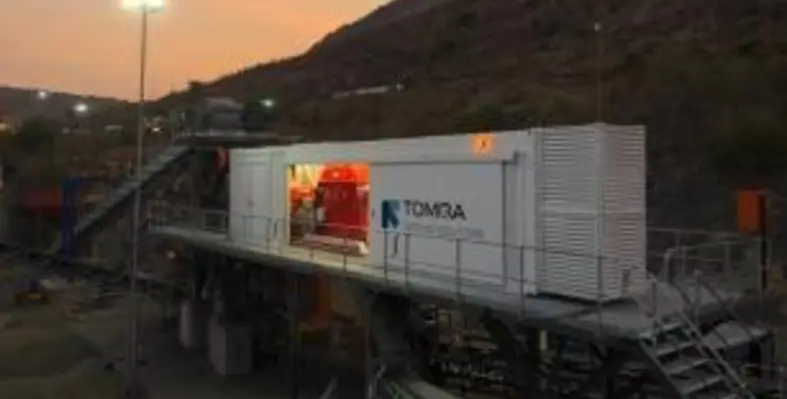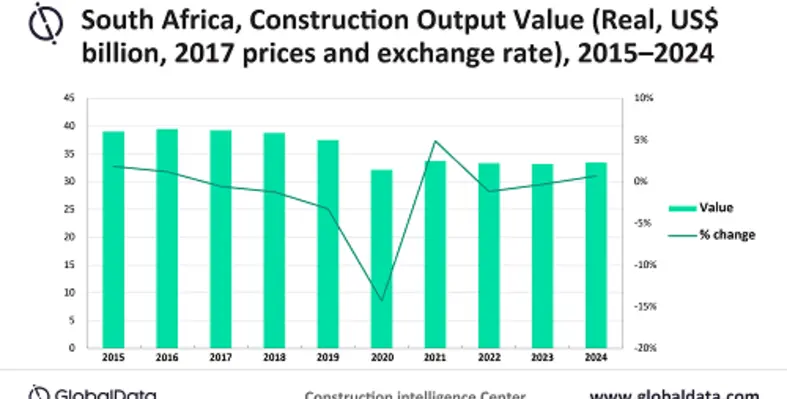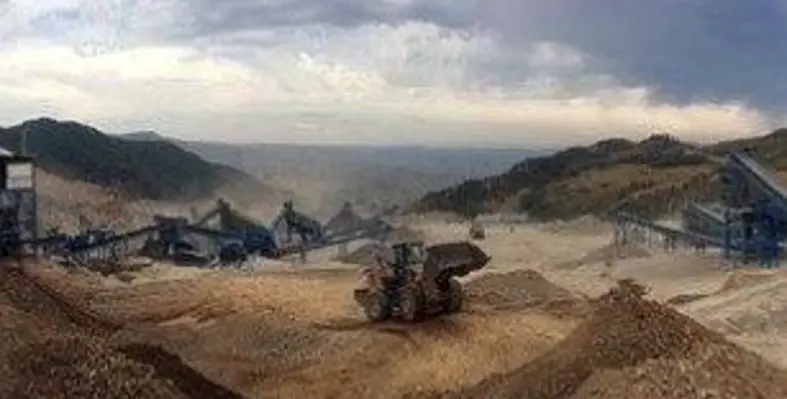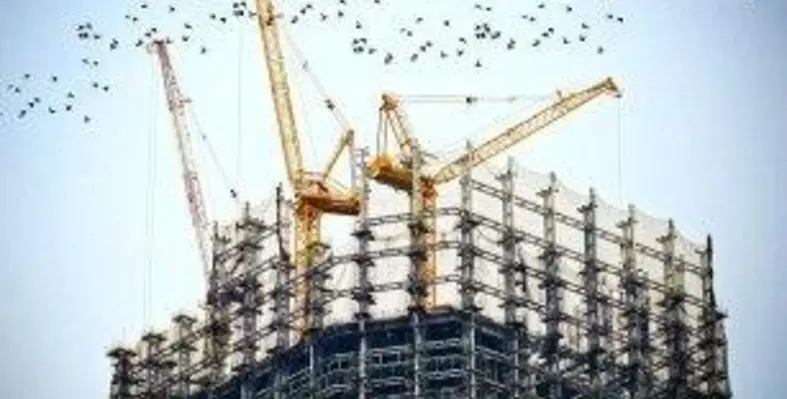
One early, pre-launch user of TOMRA Insight is the Black Chrome Mine in South Africa. (Image source: TOMRA)
TOMRA Insight, the cloud-based data platform that aims to enable sorting machine users to improve operational efficiencies, is being rolled out to the customers of TOMRA Mining and TOMRA Food and others industries







